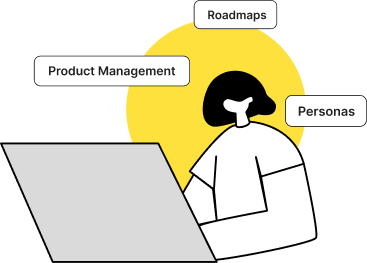Welcome back to another installment of the Roadmapping exercise. In our last blog,
We used the RICE framework to prioritize Netflix’s fictitious features and issues. Now that it’s done, let’s start the roadmapping process.
As you are aware, a product roadmap is a high-level visual overview of your product’s vision and trajectory across time. A product roadmap conveys the why and what of what you’re doing. A roadmap is both a strategic guiding document and a plan for implementing the product strategy.
Ideally, your product roadmap should communicate your product’s strategic direction. It should also be related to the company’s strategy. The basic sequence of what you’ll be constructing will, of course, be inside that framework.In this article, we will simplify the process step by step by adopting the Kanban roadmap technique.
Let us get started.

Communicating Roadmap Using Kanban Format –
Kanban is a Japanese phrase that translates to “card you can see,” although it may also mean “visual signal” or simply “card.” It enables teams to construct visual boards that can be divided into vertical columns to categorize information, and then generate individual cards that may be moved within those columns based on their current condition.
A Kanban roadmap allows you to capture both future efforts and those you’ve committed to in the short term. Furthermore, you can tell the difference between the two groups. One of the most significant benefits of a Kanban roadmap is that it enables product teams to express their short-term intentions without committing to specific dates.
Now that you’ve grasped the definition, it’s time to go on a step-by-step procedure for developing the roadmap.
Step 1 – Laying out all the features
For this experiment, we’ve set up 8 hypothetical Netflix backlogs –
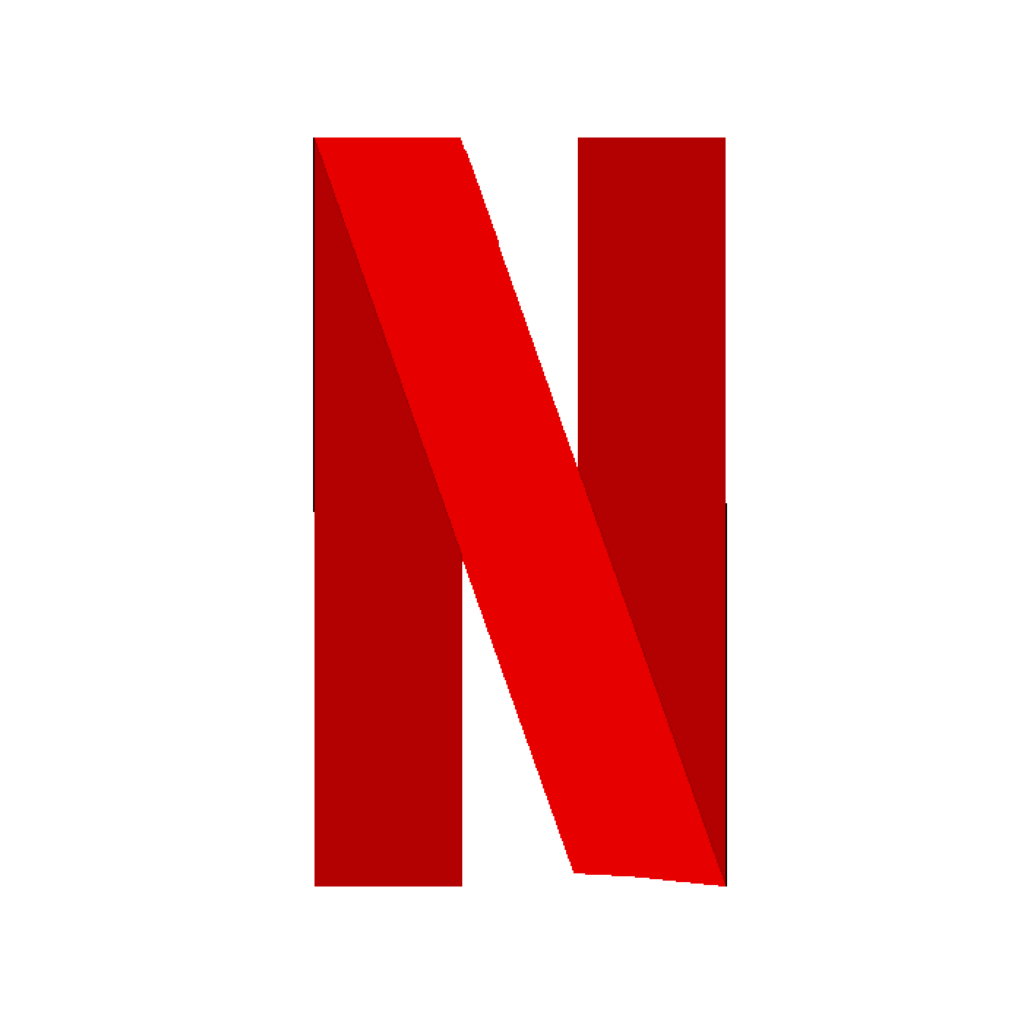
| 1. Custom playlists and an Improved “My List” |
| 2. Partnership with IMDB or Rotten Tomatoes |
| 3. Push notification or reminder device for when films are expiring |
| 4. Easy access to international content |
| 5. Offering free trials for new users |
| 6. Live streaming for gaming enthusiasts. |
| 7. Add function to increase volume |
| 8. Enable landscape orientation on phones and tablets |
Step 2 – Understanding the product’s ideology
Netflix’s business model started with a straightforward goal: to become a DVD powerhouse. When Netflix first began, they were a DVD rental business, and clients had DVDs sent to them through postal services. The company’s objective then changed to become the market leader in the streaming sector. ‘Going digital’ allowed Netflix to grow globally.
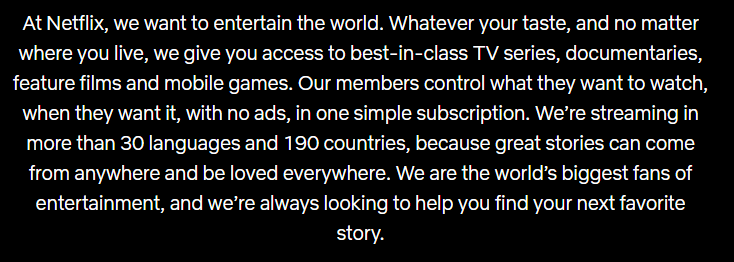
Netflix has clearly transformed the way we consume media, notably by vastly expanding the number of films and television shows accessible to consumers.
With that in mind, let us examine the success approach and data for our roadmap decision-making.
Step 3 – The Unbreakable Success
They’ve been on the market for nearly two decades, and, like the butterfly, they’re always evolving into a more attractive version of themselves. And it all boils down to one thing: catering to their consumers’ requirements and providing them with a wonderful experience.

Netflix’s success is attributed to the following factors –
| 1. Enhanced User Experience |
| 2. Personalized Experience through recommendation engine |
| 3. Ad-Free content |
| 4. Original Content |
| 5. Flexibility and variety |
Here are some statistics to back up their success story, which will assist us in deciding how to create our kanban roadmap –
| 1. Netflix has almost 214 million subscribers in 2022 |
| 2. Netflix accounted for 143.04 billion minutes |
| 3. The typical Netflix customer in the United States saved 58 hours of ad watching. |
| 4. Netflix has 2,400 original series in 2021, out of a total of almost 6,000 titles. |
| 5. 80 percent of subscribers use Netflix to discover new shows and movies. |
| 6. Netflix announced $7.87 billion in revenue for the third quarter of 2022, up 9.8 percent year on year, with $1.97 billion in operating profits. |
At the end of the day, Netflix cares about how much time you spend with their product and whether or not you renew your membership. However, I believe it also considers the following factors when deciding what content to develop or acquire:
| 1. A monthly number of new converted users |
| 2. A weekly number of searches per user |
| 3. In our Recommendation, we have a Like: Opposite Ratio. |
| 4. The number of movies added to a watchlist each week from recommendations. |
| 5. The number of trailers from suggested movies that are seen each week |
| 6. The number of clicks on the Next Button (Side Arrow) before making a choice |
| 7. % of movies viewed after seeing a trailer from a suggested list |
| 8. The percentage of a movie that has been seen all the way through Recommendation: The ratio of movies seen using Search |
Now that we have enough data to back us up, let’s build that roadmap, shall we?
Step 4 – Building the Kanban-Based Roadmap
Kanban practice necessitates visualizing work. Your features will be represented as Initiatives, and the tasks associated with them will be represented as Cards. The Kanban board’s basic views are “New,” “In Evaluation,” and “Ready to Implement.” Each of these columns indicates a step in your work process while also indicating the state of your work items.
Because Kanban focuses on improving the flow of work, your next step should be to accurately design your workflow. The purpose of this exercise is to build a visual representation of your work process so that you may begin managing projects on your Kanban board. It is best to select column names that accurately depict the various steps of the procedure. Visualizing your process on a whiteboard can also assist you in identifying troublesome work phases and bottlenecks.
So let’s build our Kanban-based roadmap with the features we have listed above –
Step 1 – Adding the features and issues in the list
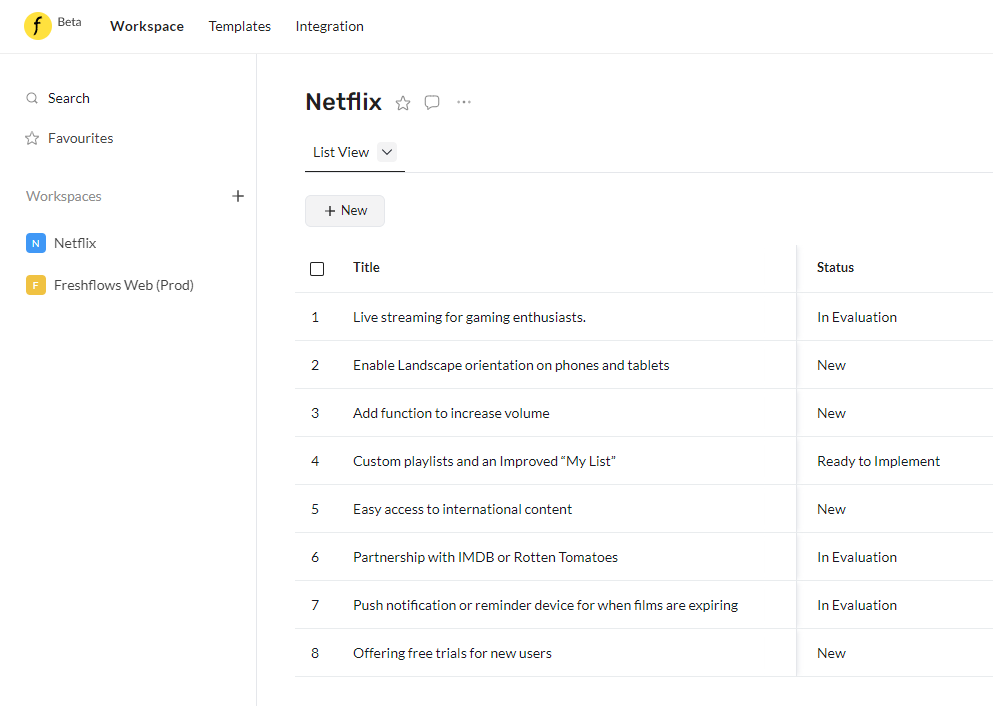
Step 2 – Switching to Kanban View for the visualization
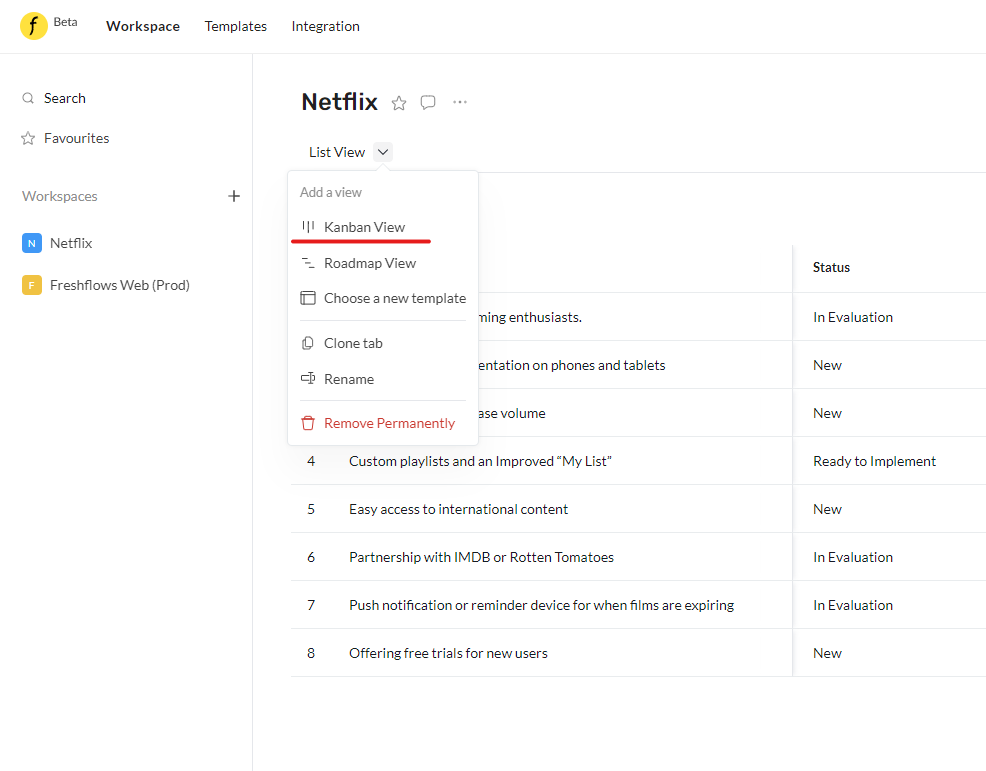
Step 3 – The Kanban Roadmap
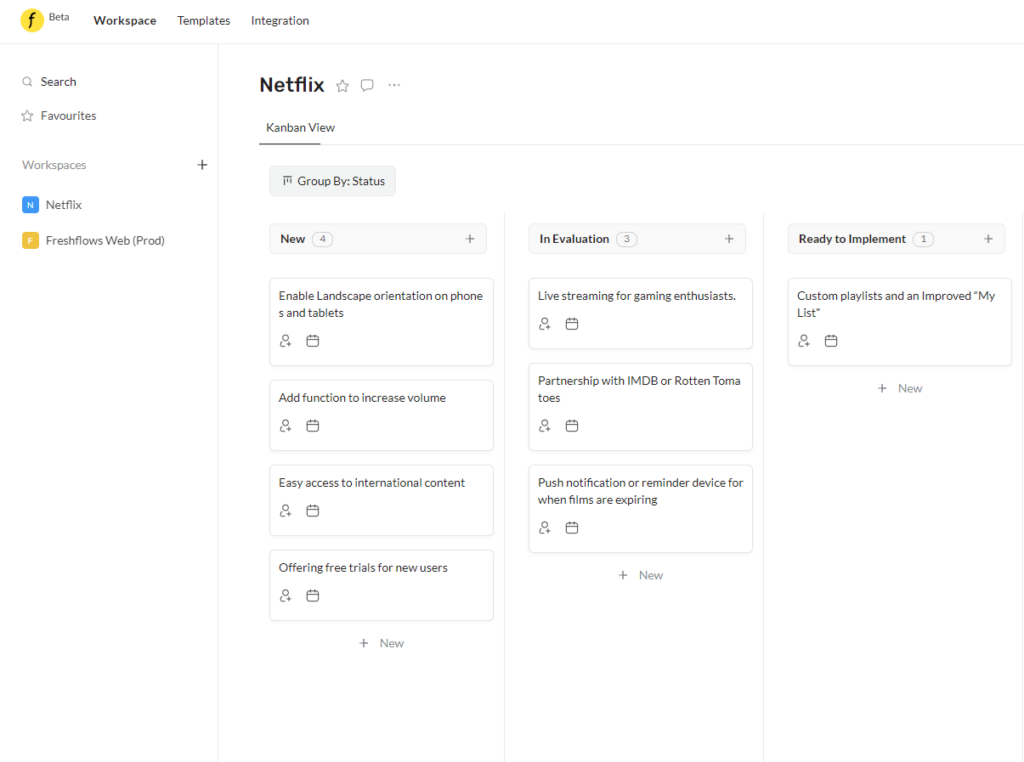
According to sources, Netflix has expanded its gaming portfolio with the $72 million purchase of Next Games, a Finnish mobile game firm. Netflix’s choice to spend extensively on video games puts it on a different playing field than competitor streaming services, which have lately focused on sports streaming rights and international markets to compensate for a near-industry-wide decline in subscribers.
Conclusion –
Kanban roadmaps can be especially useful for small and medium-sized businesses—or any firm that has embraced the agile approach and has product teams that work swiftly. This type of roadmap approach can assist such organizations in avoiding the trap of committing to an inflexible, year-long roadmap. However, it is vital to remember that using a Kanban roadmap to help your team shuffle and re-prioritize efforts should be utilized in combination with a larger strategy of ongoing market research, data analysis, and consumer discovery.
So what are you waiting for? It’s time to transition to a more fluid workflow experience that allows you to examine and prioritize with ease. Begin your roadmap journey with Freshflows NOW!

